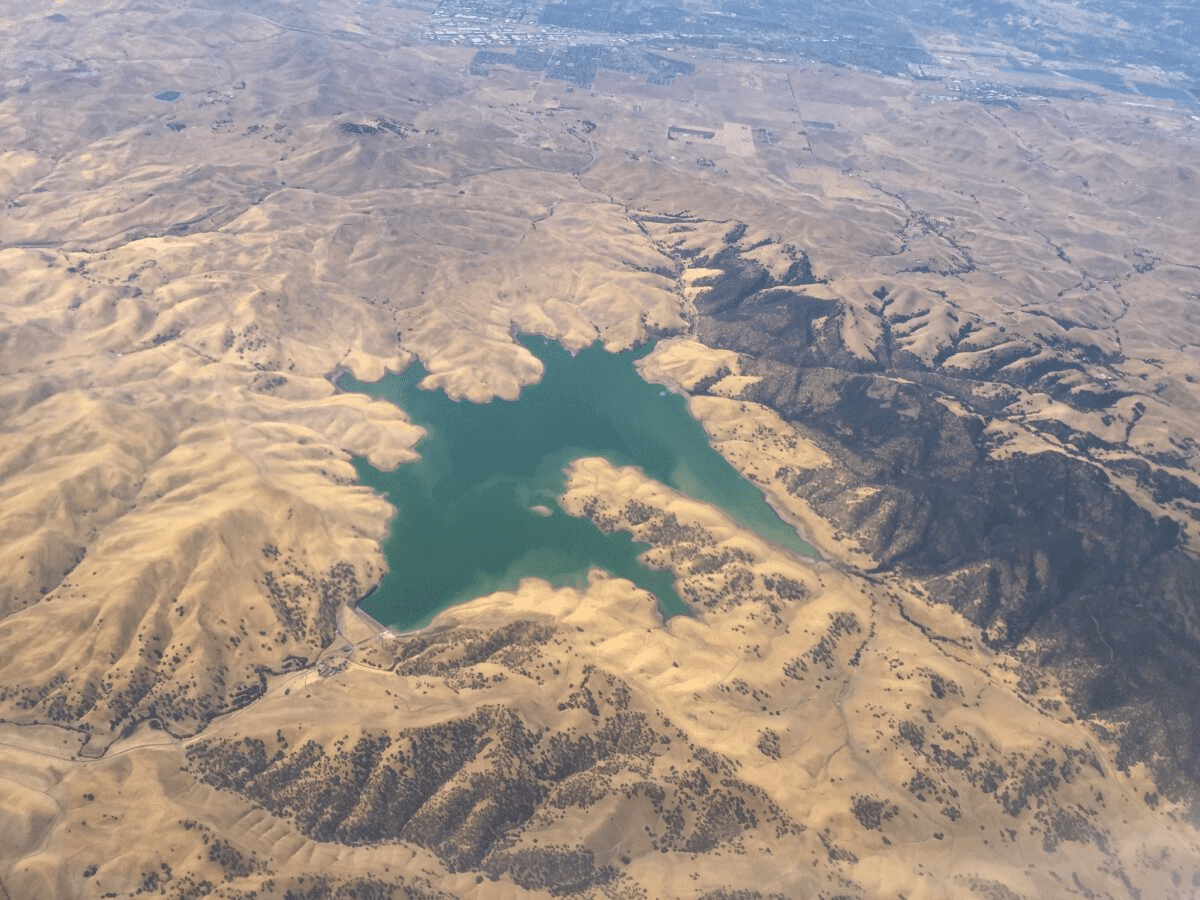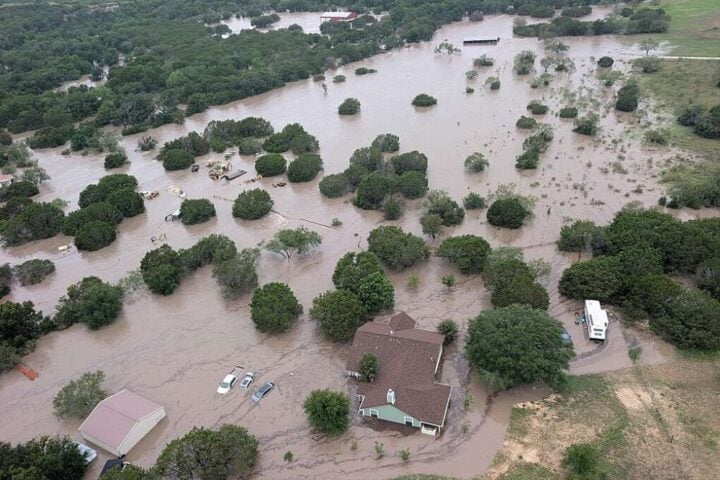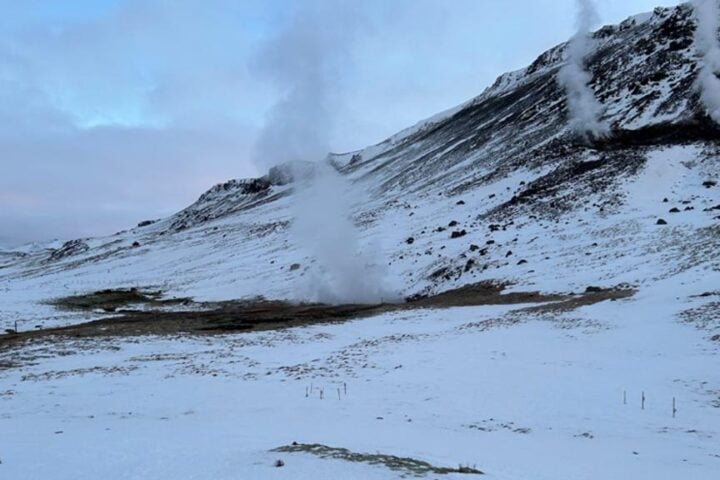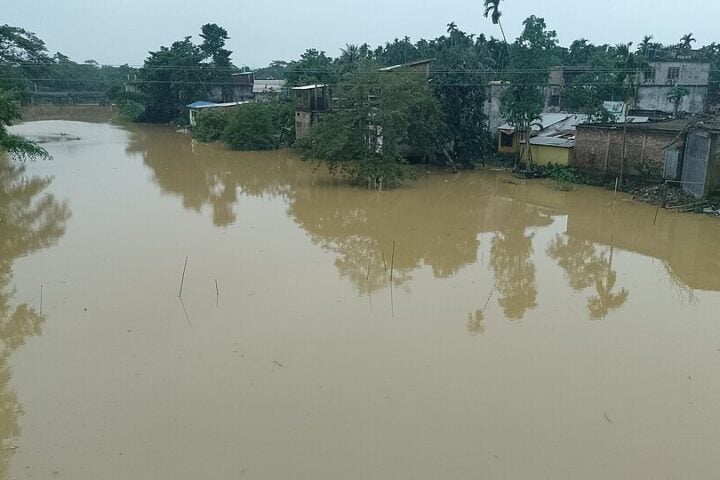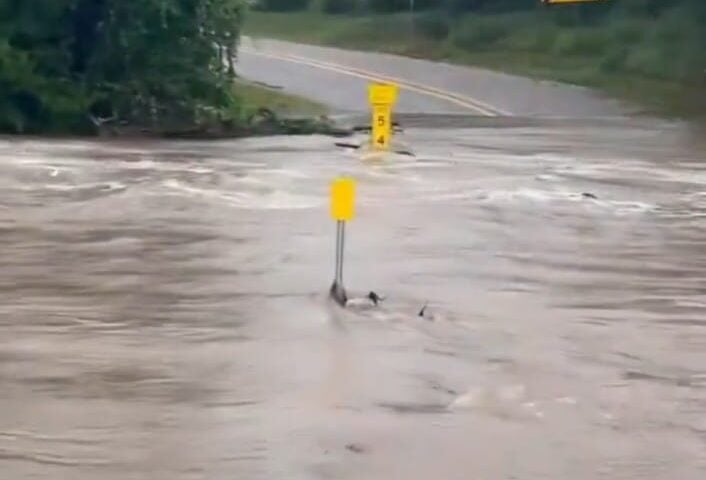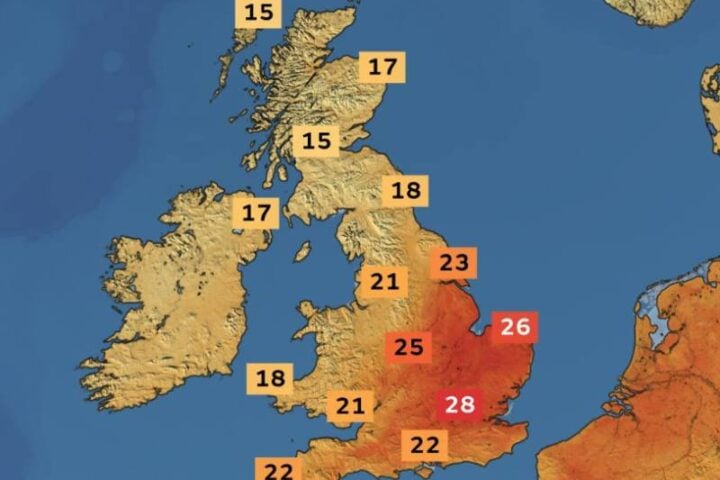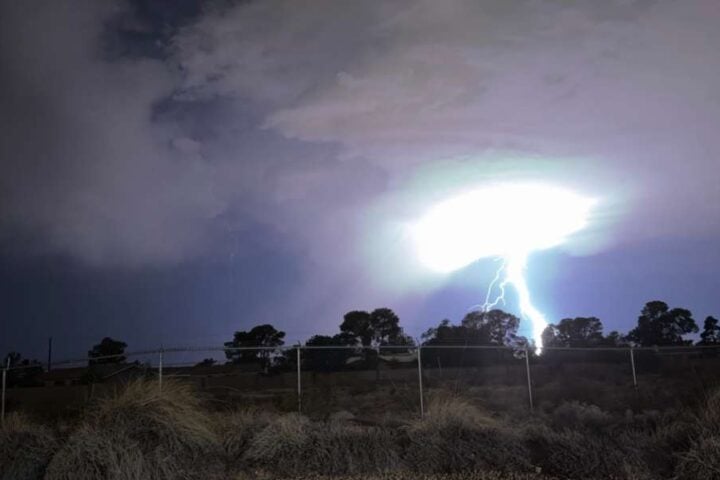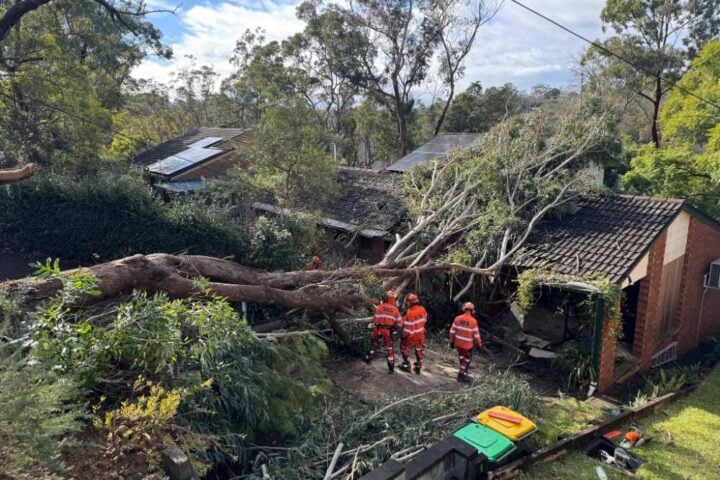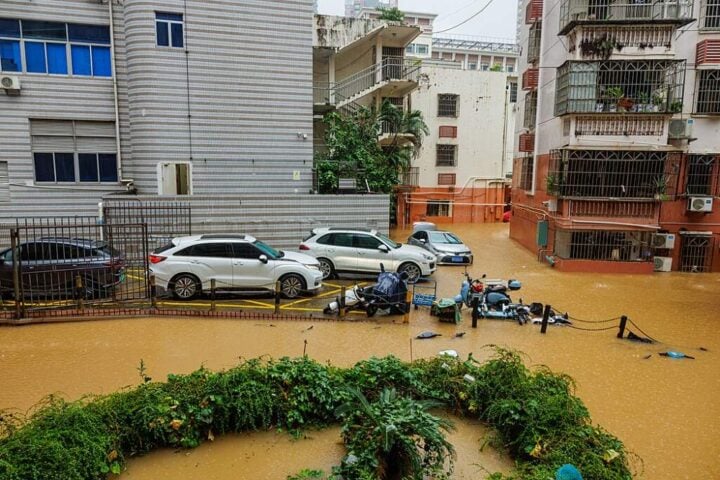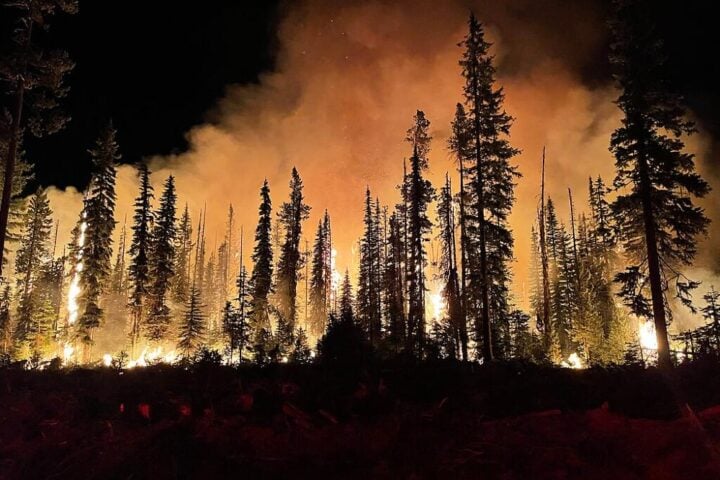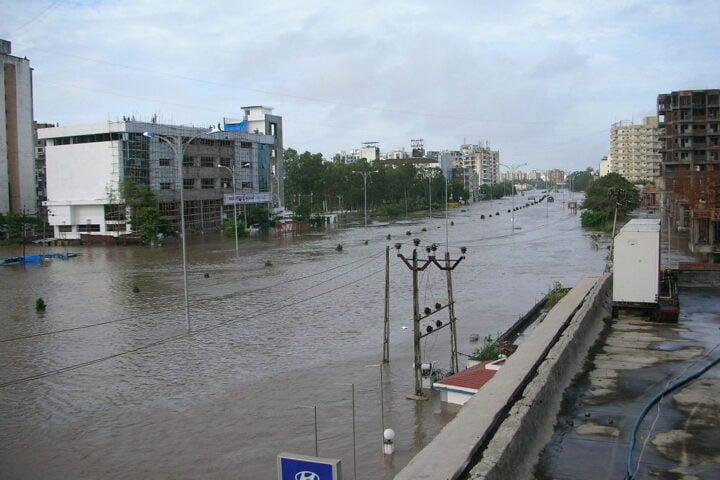California has some encouraging news with the latest update to the U.S. Drought Monitor. The state is experiencing a reduction in drought conditions as evidenced by the shrinking of the orange areas and an increase in yellow areas. A significant portion of the California coast, stretching from Santa Cruz to Ventura counties along Highway 1, is now considered “abnormally dry,” marking a significant improvement compared to two weeks ago when the entire region was under “moderate” or “severe” drought as conditions ease.
Although the transition to drought-free status has brought relief to California’s coastal communities, it was not without challenges. The intense rainfall in December and January resulted in widespread flooding and mudslides, particularly in areas affected by recent wildfires. As a result, parts of Highway 1 in Big Sur remain closed while repair efforts are underway following multiple landslides.
Since the start of the year, California has recorded over 600 landslides, highlighting the impacts of the heavy rain. Meanwhile, parts of Los Angeles, Riverside, and Imperial counties have also recently emerged from drought conditions, and the northern counties of Humboldt and Del Norte are also looking favorable.
The Central Sierra Nevada region is experiencing a snowpack with water content 220% above the normal levels to date, while the Southern Sierra’s snowpack water content is 260% of normal. According to state climatologist Michael Anderson, the automated sensors are registering levels of a full seasonal snowpack, which is typically seen around April 1st. This snowpack, which provides approximately a third of California’s water through runoff into rivers and reservoirs, is a crucial resource for the state.
Though some local reservoirs have seen an increase in water levels, there remains a considerable shortfall to be made up. Shasta, the largest reservoir, is at only 55% capacity, while Oroville, although above its historical average, is still at only 63% of capacity. According to Anderson, while these large reservoirs have improved from their historical lows, they still have a long way to go before reaching normal operating conditions.
However, there is a concern that the rain could suddenly stop. While the end of 2021 was marked by heavy storms, the start of 2022 saw prolonged periods of dry weather.
